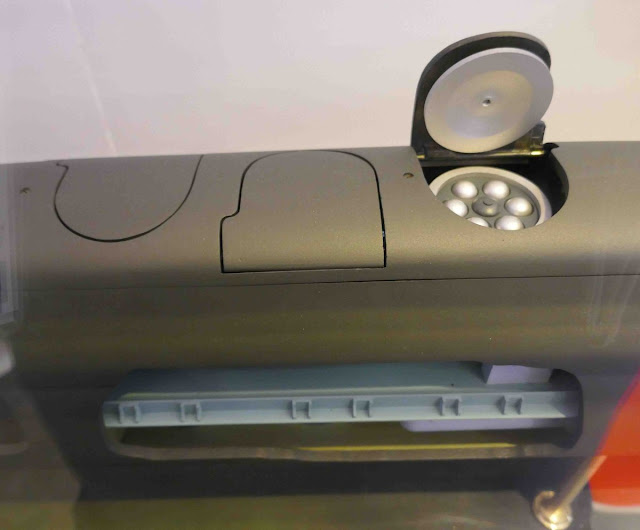Part using MHalblaub's insightful comments of May 20, 2017:
ADVANCED AIP
In the 1990s Spain decided to forego the advantages of working on submarines with France's DCNI and attempted to go it alone with the S-80 submarine project. This appears to not have worked out too well. In 2013 Spain announced serious project management errors leading to the S-80 unbuoyant and overweight. One reason appears to be integration mistakes which made the combined, hull and combat system overweight. Years of extra development (and billions overbudget) have followed.
Foregoing developments with DCNI might be partly explained by increasing Spanish closeness with Germany's TKMS particularly in attempting to develop advanced methanol reformer fuel cell (FC)/AIP.
Details are inexact. But it seems TKMS with Siemens has been working on reformer FC/AIP since 1995. Here is a 2010 German conference paper reflecting how far Germany has gotten in work for reformer FC/AIP.
Spain's SENER company may have began to work on this technology with TKMS in 2001 (and perhaps earlier).
Again Spain has fared badly. An intended delivery dateof the first of class S-80 Isaac Peral was expected to be in 2021. But IHS Janesreported in January 2017 that the AIP system would not be ready in time for the delivery of the first of class submarine.
PETE COMMENT
MTU diesels for submarine, especially the Series 396s, have been widely used. This includes for: - All of the TKMS built subs (Types 206, 209, Ulas, 2012, 2014 and Dolphins) - Kockums Gotlands, and
A Rolls-Royce / China Yuachi factory in Yulin China will begin operating this year to produce up to 1,500 MTU 4000s annually - probably many for marine applications. Maybe many for the newest Chinese SSKs?
MHalblaub and Pete
ADVANCED AIP
In the 1990s Spain decided to forego the advantages of working on submarines with France's DCNI and attempted to go it alone with the S-80 submarine project. This appears to not have worked out too well. In 2013 Spain announced serious project management errors leading to the S-80 unbuoyant and overweight. One reason appears to be integration mistakes which made the combined, hull and combat system overweight. Years of extra development (and billions overbudget) have followed.
Foregoing developments with DCNI might be partly explained by increasing Spanish closeness with Germany's TKMS particularly in attempting to develop advanced methanol reformer fuel cell (FC)/AIP.
Details are inexact. But it seems TKMS with Siemens has been working on reformer FC/AIP since 1995. Here is a 2010 German conference paper reflecting how far Germany has gotten in work for reformer FC/AIP.
Spain's SENER company may have began to work on this technology with TKMS in 2001 (and perhaps earlier).
Again Spain has fared badly. An intended delivery dateof the first of class S-80 Isaac Peral was expected to be in 2021. But IHS Janesreported in January 2017 that the AIP system would not be ready in time for the delivery of the first of class submarine.
Land-based Methanol reformer FC/AIP unit developed by SENER and TKMS not yet ready at TKMS’s shipyard in Kiel. (Photo courtesy SENER website)
---
SUBMARINE DIESELS
MHalblaub indicated that MTU Series 4000 diesel engines may be ready for submarine use [on the first two or second two Type 218SGs for Singapore]. In 2014 the submarine version was tested.
Australia's Armidale-class patrol boats [see sidebar here] are already running on MTU 4000 diesels.
- Chinese Songs and Yuans.
While China already enjoys the use of (Swedish designed?) Stirling AIP in its Yuan submarines... China may also benefit from dual-use diesels developed for submarines.






















